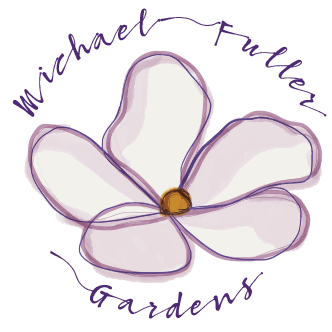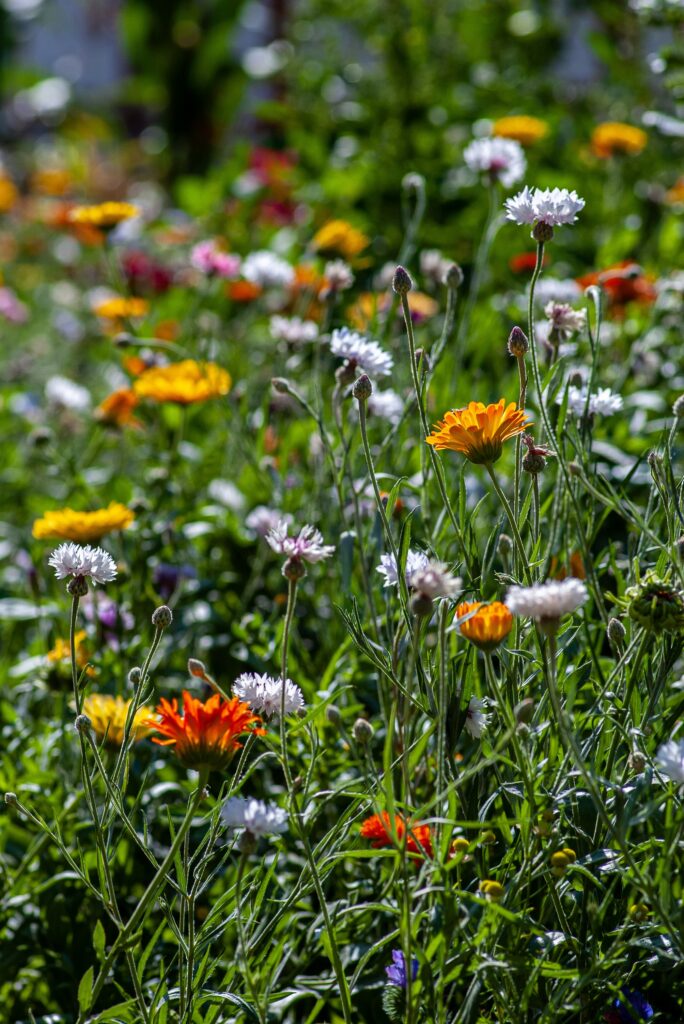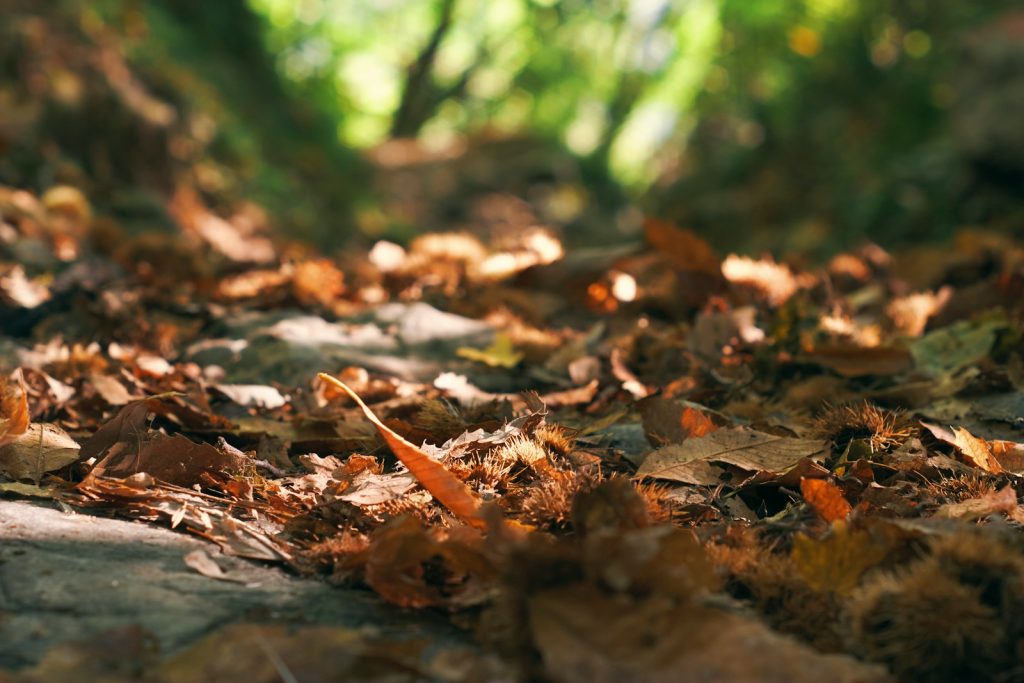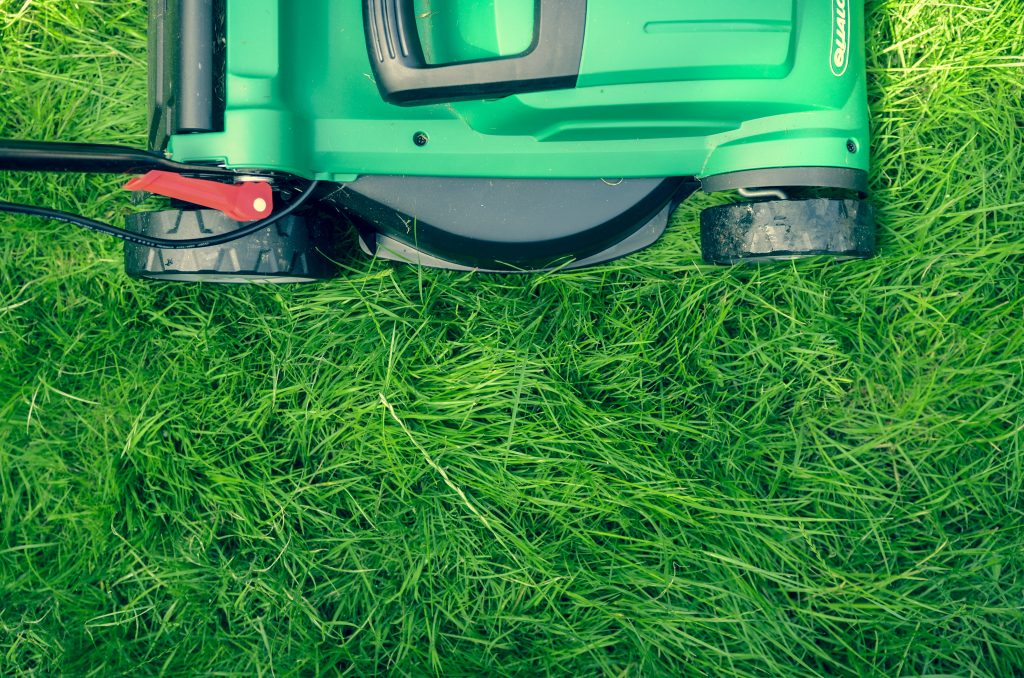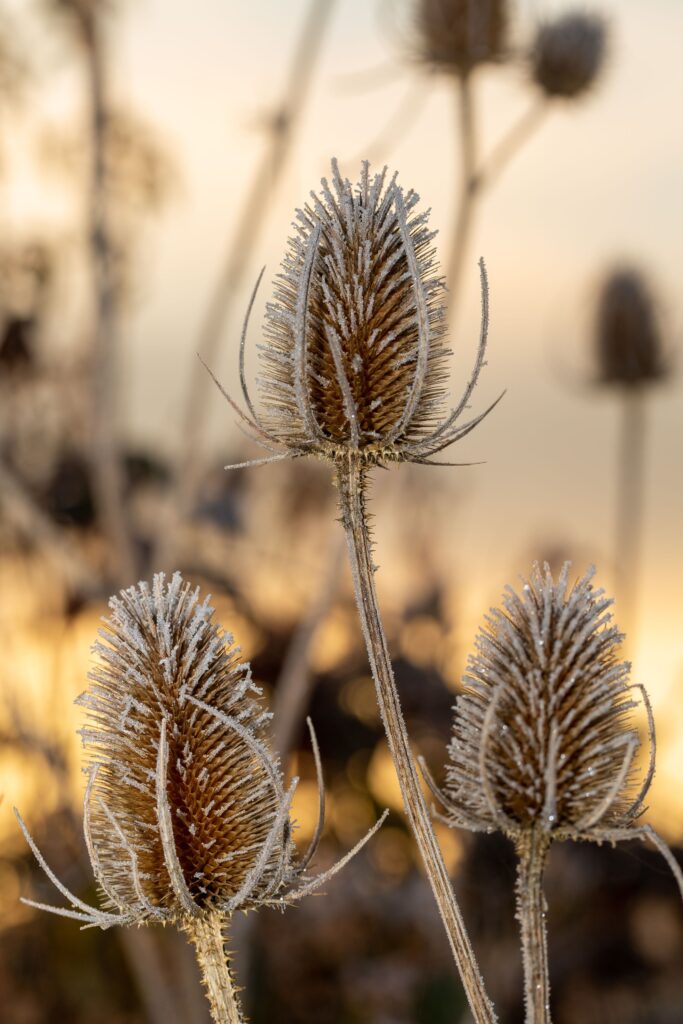Celandine – my favourite ‘weed’
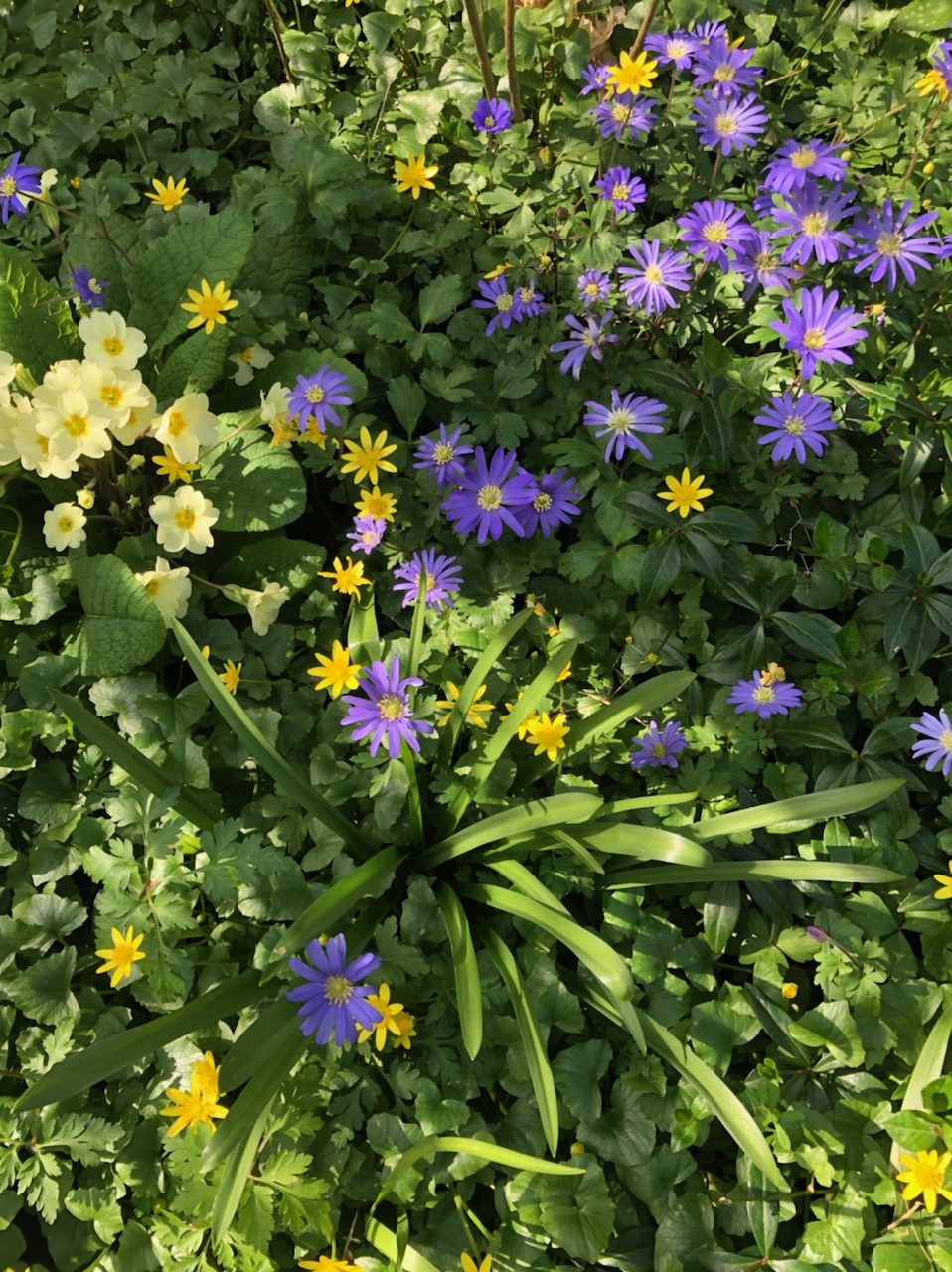
Early on in my gardening career, I was responsible for an estate which had a large, neglected flower bed, which during April and May seemed to be predominantly full of the weed Celandine. (I knew it was a weed because I had learnt that at college, and I even knew which weed killer was the most effective on it!) I needed to remove it, because, after all, don’t weeds need to be removed? It was an impossible task, particularly as I didn’t use weedkillers: I spent two months digging, digging, digging. Below the soil were literally thousands of tiny little root nodules, looking a bit like eggs, and each one of these nodules could produce a new plant. After endless digging I even resorted to a flame gun, carefully turning the soil to reveal the ‘eggs’ and then blasting them with fire! It was not successful… most of the Celandine remained until the end of May when it disappeared, only to come back the following year. Again I would attack it as it was ‘getting in the way’ of my tidy ‘Parks Department’ style beds full of snapdragons and zinnias.
Looking back I realise what a colossal waste of time and resources I used trying to remove this beautiful ‘weed’. Thirty years later I work in a similar estate with similar flower beds, and guess what? – they too are full of Celandine! But now I really appreciate this plant: not only does it bring its vibrant yellow in April, acting as a foil for other spring plants like blue anemones (see picture) but it also covers the soil preventing water run-off and evaporation and preventing other weeds taking hold. In May, almost magically, it humbly disappears, leaving any bare soil ready to be over sown with summer annuals. Additionally, by trying to remove the plant by digging, the vital mycelium network in the soil is unnecessarily damaged and, of course, it wastes a lot of time!
Perhaps this is a good lesson to learn – we now know that ‘weeds’ are only ‘weeds’ when they are in the wrong place, and I wonder if Celandine can ever be in the wrong place with its humble and discreet manner and its manifold benefits? Admittedly in an early summer seedbed Celandine might need to be removed, but where else? The reductive college education I received in the 1980’s which wanted to separate everything into ‘good’ and ‘bad’ plants did not help: we weren’t taught to look at the individual situation and observe the relationships between the plants. What is each plant doing in the bed? And what is the effect it has on the other plants? For me, gardening is about these relationships, not necessarily seen at the beginning, but discovered when I am patient and observant, and when I don’t bring a fixed idea to the situation. I remember now when I was busy all those years ago trying to remove the Celandine, someone suggested to me that the plant was trying to teach me something. At the time, I roundly dismissed this idea, preferring to believe in my own ‘truth’; but now, I realise they were probably right.

